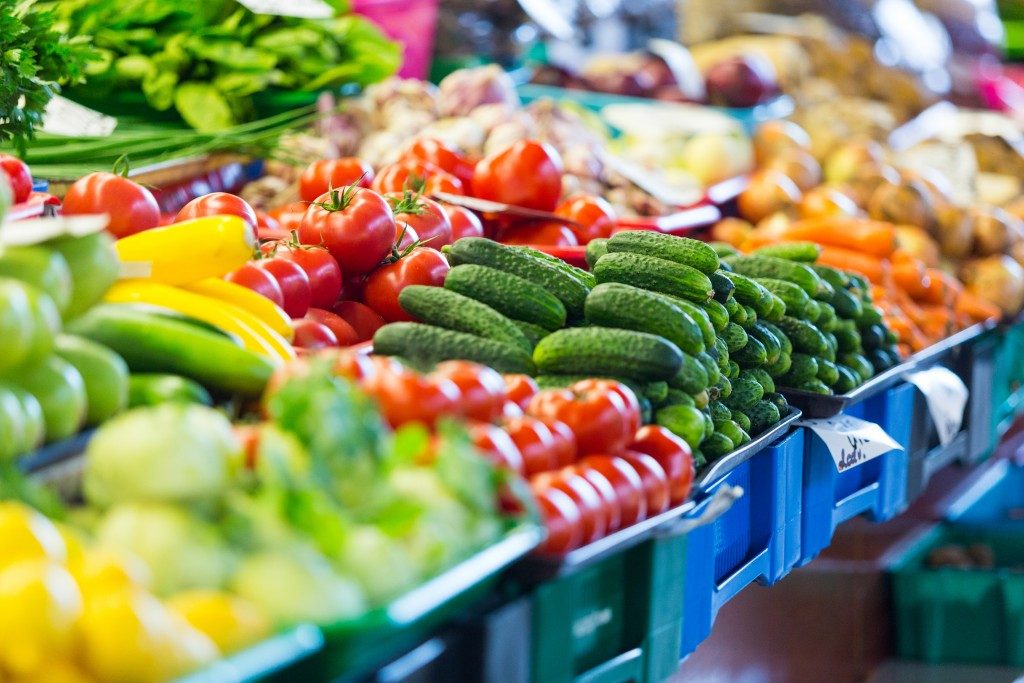Up to 40 per cent of fruits and vegetable produced in Australia ends in the dustbin before it gets to the consumer. The worst bit is that most of these foods are not necessarily unfit for human consumption. In most cases, fruits and veggies are disposed of because they are not aesthetically appealing.
You can’t blame the business community for consumers’ picky habits, but you can keep from ruining your finances. With a few proactive measures, you can ensure that you get paid for each truckload that you ship to the market.
Refine Your Production Process
Bruising damage is among the leading causes that will make your clients turn away your products. A high level of bruising points to rough handling during the harvesting packaging, and transportation processes. Ironically, these are the last stages of a long growing process. With a little bit of effort, you can keep bruising levels to a minimum.
For starters, you need to reduce the distance at which you drop the produce during the harvesting and packing process. Reducing the gap and emptying containers at slow speeds eliminates bruising. Bin tippers solve both of these problems without leaving a gaping hole in your wallet.
You also need to cushion the fresh produce from damage when taking them to the market. The cushioning material absorbs much of the force that would otherwise bruise the fruits and vegetables and spreads it over a larger area. At the end of the journey, your produce remains spotless to lower your rejection rates.
Refine Your Marketing

When you get your product to the market, you also contribute to your success rate. You want to get the products to the market while they’re still fresh to ensure that they fly off the shelves. You must remember that people are quite picky when buying fruits and veggies and will ignore food that isn’t fresh.
That might mean taking the time to understand the market dynamics around your local markets. You can then time your supply runs to coincide with the periods when people do most of their grocery shopping. That way, the target population do their grocery runs when your produce is still fresh and juicy, meaning it’ll sell out quickly.
You might also want to check the amount produce you supply to the market. If you don’t ration it well, you’ll probably have to contend with lots of waste. It’s better to make more supply runs with smaller loads as it minimises waste and keeps the produce fresh.
In the end, it would amount to a considerable loss if you were to lose up to 40 per cent of the produce from your farm before it hits the market. You would incur heavy casualties that would handicap you financially. Instead of going down this road, you can take proactive measures to eliminate these losses and grow your profit margins. Improving your processing, handling, and transportation helps to keep the losses to a minimum while giving your product a good reputation on the market.

